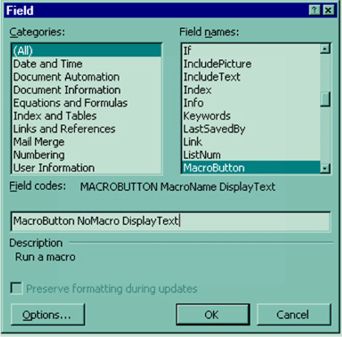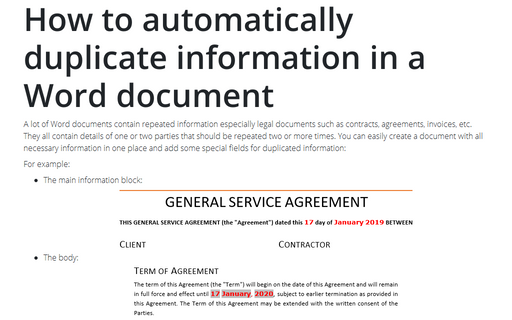

Click in the cell where you want to enter a formula.You can also use the AND and OR functions with the IF function. For example, =IF(A5>=1000,0,50) could be used to calculate a shipping cost of 50 if orders are less than 1000. Word tables can also perform more complex calculations using the IF function with the syntax =IF(test,true,false). You can also refer to individual cells such =SUM(B1,C1,D5). Functions can also refer to cell references such as =SUM(C1:C10). For example, you could enter a formula =SUM(ABOVE,LEFT) and it would sum all cells that are above and to the left of that cell. If you're trying to sum the cells at the bottom of a column, the formula would be =SUM(ABOVE). You can refer to ranges of cells using ABOVE, LEFT, RIGHT or BELOW as the arguments for functions. Typically, formulas in Word tables are created using common functions such as SUM, AVERAGE, MIN, MAX or COUNT and refer to a range. In Word and Excel, you can use the same basic operators: Therefore, you can create calculations that refer to cells (such as =A1+A2).

In a Word table, the first column would be column A and the first row would be row 1 so the first cell would be identified as A1. When you insert a table in Word, each column and row are identified like cells in Excel worksheets and each cell is assigned a cell reference. To insert a formula in a cell in a Word table, you'll need to use the Function command on the Table Tools Layout or Table Layout tab in the Ribbon:ĭo you want to learn more about Microsoft Word? Check out our virtual classroom or live classroom Word courses > Understanding formula syntax For example, the Table Tools Design tab may appear as Table Design. For Word 365 users, Ribbon tabs may appear with different names. Note: Buttons and Ribbon tabs may display in a different way (with or without text) depending on your version of Word, the size of your screen and your Control Panel settings. Recommended article: 3 Simple Ways to Copy or Import Excel Data into Word (Linked or Unlinked) You can't perform text calculations or output text.
HOW TO ADD A FORMULA TO A TEXT FORM FIELD WORD 2016 UPDATE
For more complex calculations, it's usually best to create formulas in Excel where they will update automatically.įormulas and functions in Word tables only work with numbers. When you insert formulas in Word tables, you are really inserting fields so the fields will need to be updated if the data in the table changes. These formulas can include functions such as SUM or AVERAGE or basic operators. You can insert formulas in Word tables to perform calculations. Finally, the "post-fiddle" is to restore the em-dashes that were in the captions, by doing a global replace of the string "EM-DASH" with the actual em-dash character "^+".Create Calculations in Word Tables Using Formulasīy Avantix Learning Team | Updated October 9, 2021Īpplies to: Microsoft ® Word ® 2013, 2016, 2019 or 365 (Windows) Then you do the separator change as described above. "EM-DASH") that doesn't ever occur in any caption's text.

The "pre-fiddle" is to do a global find/replace across captions, replacing the em-dash ("^+") with some other string (e.g. If it does, then you'll need to do a pre- and post- "fiddle" to ensure these em-dashes are not touched by the global replace above. NOTE: This presumes that em-dash does not appear in the caption text anywhere. Do a find/replace searching for special character "em-dash" (^+) in style CAPTION, replacing with " ". FIGURE), select the other labels one by one and repeat this process. If you have other labels in use in the document (e.g. This will replace all separators in captions for the selected label in the CAPTION Window. Go to REFERENCES | INSERT CAPTION, then click on NUMBERING and replace the SEPARATOR "." with "EM-DASH". To globally replace the separator "." with " " (space) in such captions, take two steps: This means these captions will have been (automatically) created in CAPTION style. It sounds like Beth may have created captions throughout the document using INSERT CAPTION (hence the presence of field codes). And this may not be quite what Beth was looking for. Update the field codes.Ĭoming in late on this, probably way too late for Beth (sorry Beth).

Select-All and re-toggle the field codes. Add any further custom processing to the macro VBA. It's usually better to go the macro route when finding fields because, as you say, the find algorithm that Word uses doesn't work the way you might hope with fields.īut if you know exactly what the fields contain, you can specify a search pattern that will probably work (however not in wildcard mode).įor example, if you want to look for figure number field pairs such as brackets.


 0 kommentar(er)
0 kommentar(er)
